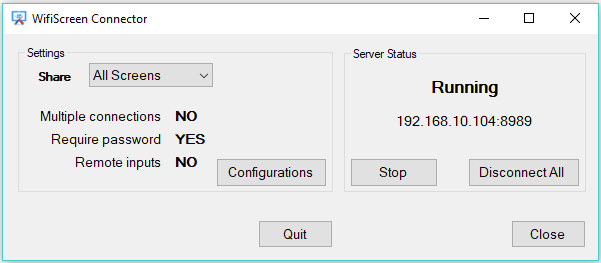Can the Pomodoro Technique Help ADHD Developers and Designers?
Table of Content
As a developer, doctor and someone who has helped several friends with ADHD over the years, I've seen firsthand how productivity can become a rollercoaster.
The task-switching, constant distractions, and overwhelming to-do lists make it tough to stay on track.
The Pomodoro Technique can be a game-changer. This simple method isn't a magic bullet, but it provides structure and a sense of progress.
Here’s how it works and why it helps.
What is the Pomodoro Technique?
Developed by Francesco Cirillo in the late 1980s, the Pomodoro Technique breaks work into focused 25-minute intervals (called "Pomodoros"), followed by a 5-minute break. After four Pomodoros, take a longer 15-30 minute break.
The simplicity is the key. You only need:
- A timer (digital or physical).
- A list of tasks.
- A willingness to follow the system.
Why ADHD Brains Benefit from Pomodoros!
1. Short Bursts of Focus
Long work sessions are daunting for ADHD minds. 25-minute sprints feel achievable. Knowing a break is around the corner helps reduce anxiety.
That's a cool way to manage tasks and times.
2. Clear Boundaries
The timer signals when to work and when to rest. This structure keeps your brain from wandering too far off-course.
Believe me, it may work.
3. Instant Gratification
Completing a Pomodoro gives a sense of accomplishment. It's like a mini-reward for sticking to the task. Try it, it is addictive.

4. Reduces Overwhelm
Breaking tasks into small chunks helps avoid the paralysis that comes with massive projects. One Pomodoro at a time.
5. Combat Hyperfocus
Hyperfocus can lead to burnout. The timer reminds you to stop, rest, and avoid overworking. Personally, that helped me alot.

How to Make Pomodoro Work for ADHD Developers and Designers
Here are practical recommendations to maximize Pomodoro productivity:
1. Customize Timer Lengths
- If 25 minutes feels too long, try 15 or 20-minute sprints.
- Shorten break times if you struggle to return to work.
2. Use a Visual Timer
- Visual countdowns (apps like Focus Booster or Tomato Timer) give a clear sense of time passing.
- Physical timers (like the classic tomato-shaped ones) work if screens are a distraction.
3. Plan Tasks Before Starting
- Write a clear task list before your first Pomodoro.
- Break tasks into the smallest possible steps. Instead of "Design the UI," try "Sketch the login screen."
4. Eliminate Distractions
- Use tools like website blockers (Cold Turkey or Freedom).
- Silence notifications. Headphones can signal "Do Not Disturb."
5. Reward Breaks
- Make 5-minute breaks something you enjoy: a short walk, a stretch, or a quick game.
- Save longer rewards (like a coffee run) for after completing four Pomodoros.
6. Track Your Pomodoros
- Log how many you complete each day. Seeing progress boosts motivation.
- Adjust work and break lengths based on what feels best.
7. Be Flexible
- Some days are tougher than others. If the technique feels rigid, adapt it. Skip a Pomodoro or extend a break if needed.
Final Thoughts
The Pomodoro Technique isn’t just a productivity hack. For ADHD developers and designers, it’s a tool for managing focus, reducing overwhelm, and building consistency.
Start with one Pomodoro. See how it feels. Your productivity journey is personal—this technique might just be the structured support you need.













